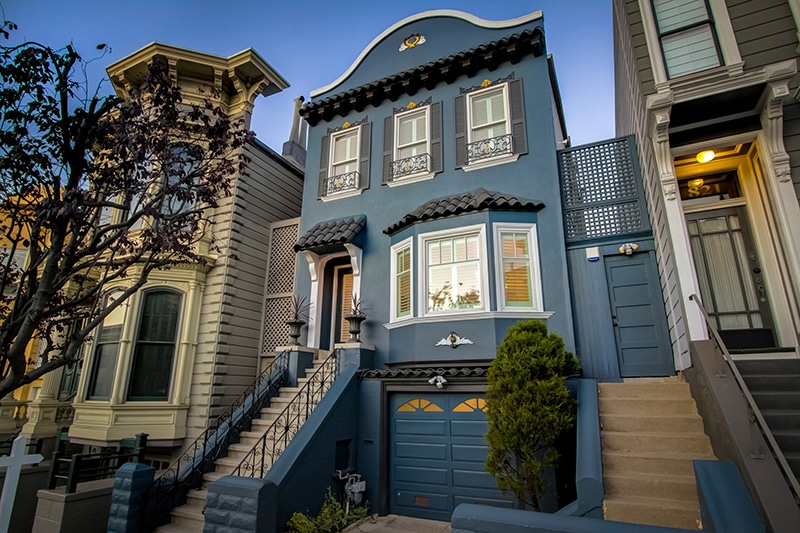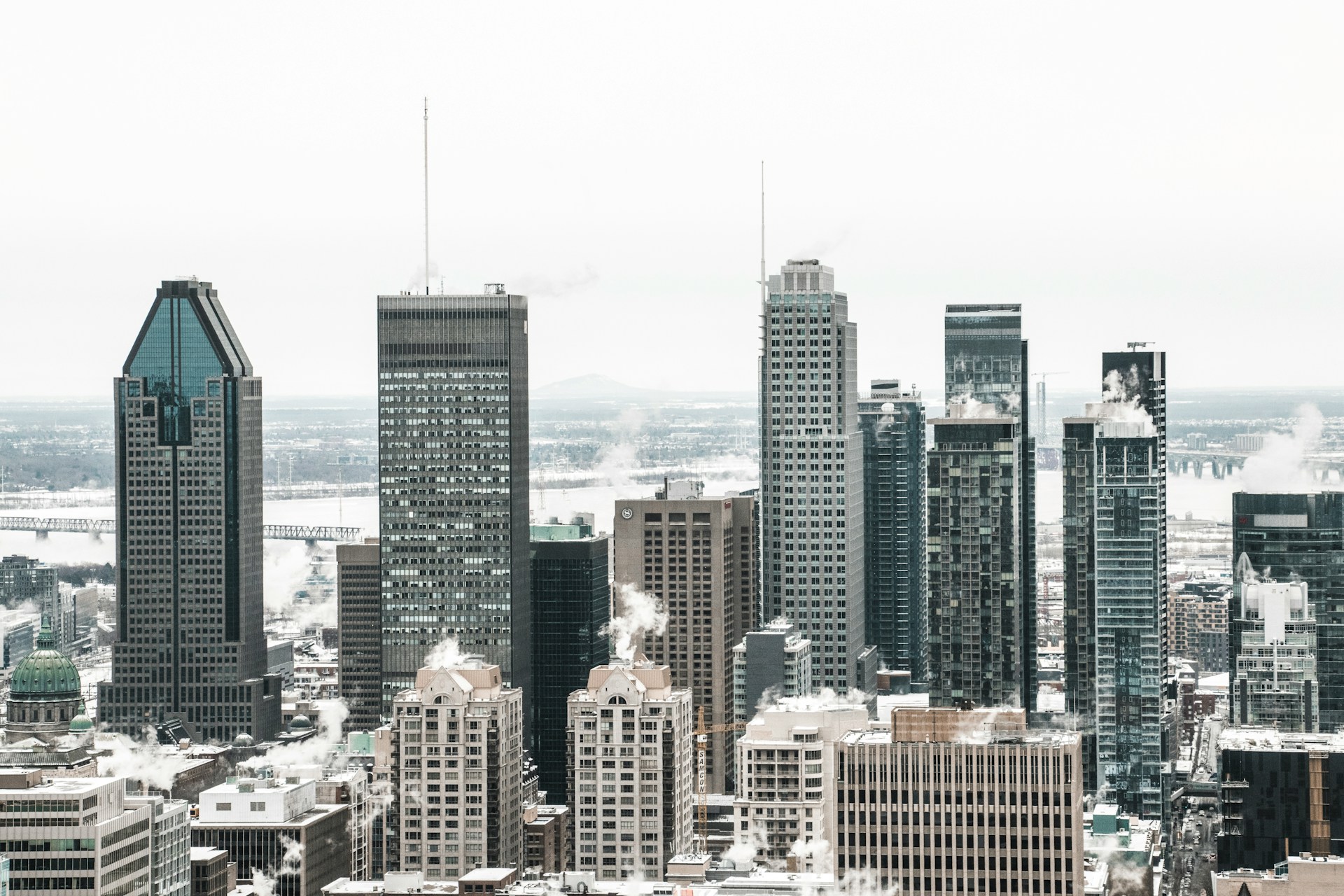Australia’s next boom regions of 2026 have been revealed as the nation enters its new phase of growth.
Exclusive research by Ray White, which will be presented in Townsville on Thursday, has identified three defined phases that have fuelled home price growth across the country since 2015, and what will supercharge the next one.
“Regional Australia’s last decade was defined by three distinct growth phases: satellite cities capturing capital city overflow, coastal lifestyle migration during the pandemic, and most recently, commodity-driven booms in industrial centres,” Ray White senior data analyst Atom Go Tian said.
“The emerging fourth phase suggests the future belongs to regions that combine both lifestyle appeal and economic substance.”
And they range from garrison towns and resources regions to agricultural hubs and fishing locales.
Atom Go Tian
Phase 1: Satellite Cities (2015-2019)
Pre-pandemic growth was driven by Australians priced out of Sydney and Melbourne seeking nearby alternatives, the research revealed.
In Victoria, Geelong and Gisborne grew 37 per cent and 34 per cent respectively as Melbourne’s outer orbit expanded.
In NSW, Newcastle (25 per cent), Port Macquarie (24 per cent) and Wollongong (19 per cent) absorbed Sydney’s overflow, offering coastal amenity within commuting or weekend distance of the capital.
Mr Go Tian said that these satellite cities averaged 27 per cent growth compared to 14 per cent nationally.
The number of families leaving Sydney in FY24 alone was unprecedented Supplied
Phase 2: Coastal Lifestyle Migration (2020-2022)
The pandemic supercharged regional migration as remote work freed buyers from capital city constraints, the Ray White research revealed.
The coastal corridor from Hervey Bay to Byron Bay captured this wave most dramatically. Hervey Bay surged 60 per cent, while the Sunshine Coast and Gold Coast-Tweed Heads both grew 50 per cent.
The Gold Coast was among the lifestyle markets that were swamped by people leaving cities like Sydney and Melbourne.
Ballina (48 per cent) and Byron Bay (46 per cent) rounded out this premium coastal run. Regional Australia as a whole outperformed capital cities (42 per cent versus 28 per cent), but the southeast Queensland to northern NSW coast defined the era.
Meanwhile, satellite cities continued growing, though more moderately at 25 to 39 per cent, while Victorian satellites Geelong and Gisborne began to stall.
Phase 3: Commodity Boom (2023-2025)
Mr Go Tian said that post-pandemic growth shifted decisively to regions with strong industry fundamentals.
Markets that had declined or stagnated pre-pandemic suddenly led national growth as cattle, wheat and mining booms lifted regional centres.
Rockhampton, Australia’s beef capital, posted 73 per cent growth, the highest of any market. Bunbury surged 71 per cent on WA’s mining boom, while Mackay (59 per cent), Gladstone (59 per cent) and Townsville (69 per cent) demonstrated how resource economies drive sustained housing demand.
Albany (55 per cent) and Geraldton (59 per cent) showed this pattern extending across Western Australia’s regional cities.
A mining truck in Western Australia, where the resources boom has forced up property prices. Picture: Cameron England
So what’s next?
Mr Go Tian said the next phase of growth was already taking shape: affordable coastal or lifestyle-oriented regions with genuine economic foundations.
Phase 4: Industry and Lifestyle Convergence (Emerging)
These markets combine the lifestyle appeal of Phase 2 with the economic resilience of Phase 3, making them less vulnerable to commodity cycles while still offering housing accessibility, Mr Go Tian said.
“Townsville exemplifies this convergence: tropical coastal lifestyle, defence force presence and mining services infrastructure, all at $653,000,” he said.
“Bundaberg ($656,000) pairs coastal amenity with agricultural employment.
“Port Lincoln ($562,000) is Australia’s seafood capital with a stunning coastal setting. “Geraldton ($588,000) combines port infrastructure, fishing industry and WA’s mining services boom.
“Mount Gambier ($538,000), the most affordable on this list, anchors South Australia’s forestry and agriculture sector while offering lifestyle appeal.”
Troops marching during the Australia Day Ceremony in Townsville. Picture: Supplied
Townsville was Queensland’s top performing property market in October with new data revealing price surges of almost 20 per cent in the past year.
The October PropTrack Home Price Index revealed the unit market was leading the price growth charge in Townsville with a 19.27 per cent increase in the past 12 months.
The median unit price hit $452,000 in October, up 3.79 per cent for the quarter, whid house values were up 15.27 per cent year-on-year and 3.84 per cent quarter-on-quarter to $626,000.
Mr Go Tian said that what distinguished these emerging markets was their price accessibility, from $538,000 to $656,000, and their diversified economic bases.
“Unlike pure resource plays vulnerable to commodity swings, or pure lifestyle markets dependent on continued migration, convergence markets offer both employment opportunity and quality of life,” he said.
“As Byron Bay ($2.15 million) slows to 11 per cent growth and even Sunshine Coast ($1.23 million) moderates to 32 per cent, these sub-$700,000 markets with economic substance are posting 43 to 69 per cent growth.”
Mr Go Tian said the lesson from the last decade was clear – “sustainable regional growth requires either extreme affordability, genuine employment drivers or, increasingly, both”.
Ray White
MORE NEWS: $83k fine as ferals invade backyards, dig up graves
From $950k to 8-figures: Inside billionaire’s ‘legacy estate’



















 English (US) ·
English (US) ·